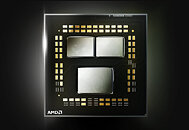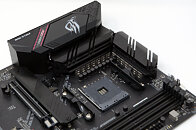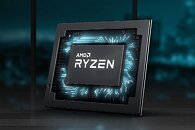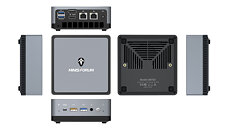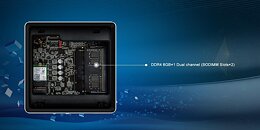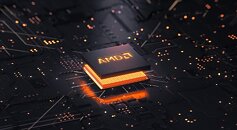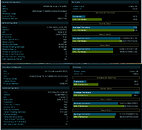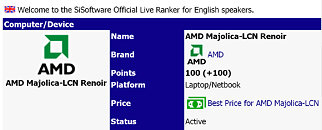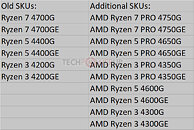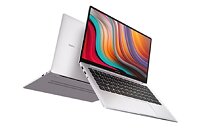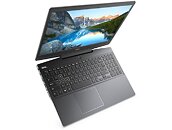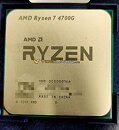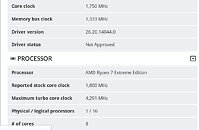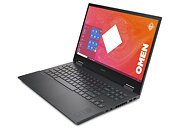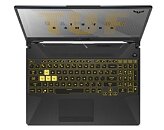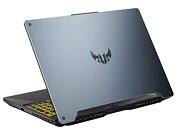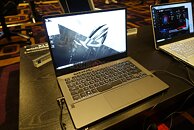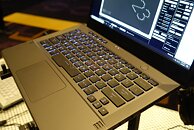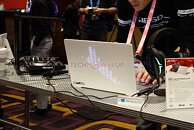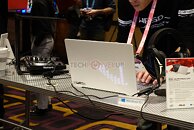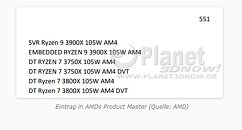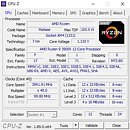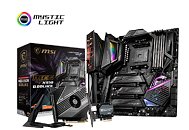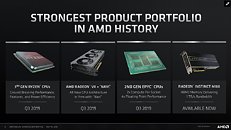
AMD Readies Ryzen 9 5900 and Ryzen 7 5800 Processors for OEMs
With the launch of the Ryzen 5000 series of processors, AMD has set a goal to put its Zen 3 cores everywhere. Starting from desktop, mobile, and soon server space, AMD is delivering its best products. However, AMD is also preparing to satisfy another segment. The OEMs are in need of processors that are specifically designed for their purposes and their clients, that don't require as many features as the desktop segment does. Usually, that means some overclocking capability is cut off. Today, thanks to the two hardware leakers Patrick Schur and Momomo_US we get to see the first sightings of AMD's upcoming Zen 3 offerings for OEMs.
The first in the lineup is the Ryzen 9 5900 processor. It features 12 cores with 24 threads, running at unknown frequencies for now. All we know is that the CPU is a bit lower-clocked than its 105 W "X" Ryzen 9 5900X variant. Unlike the "X" variant, this CPU is supposed to bring TDP down to 65 Watts. Another differentiator is the cache configuration. The Ryzen 9 5900 features 64 MB of L3 cache and 2 MB of L2 cache. The "X" version for desktops features 64 MB of L3, however, there is 6 MB of L2 cache present there. Next up comes the smaller eight-core variant - Ryzen 7 5800. Featuring 8 cores and 16 threads running at an also unknown frequency. The chip features a TDP of 65 Watts and cache configuration with 32 MB of L3 cache and 4 MB of L2, with the only difference from the Ryzen 7 5800X being the lower frequency.
The first in the lineup is the Ryzen 9 5900 processor. It features 12 cores with 24 threads, running at unknown frequencies for now. All we know is that the CPU is a bit lower-clocked than its 105 W "X" Ryzen 9 5900X variant. Unlike the "X" variant, this CPU is supposed to bring TDP down to 65 Watts. Another differentiator is the cache configuration. The Ryzen 9 5900 features 64 MB of L3 cache and 2 MB of L2 cache. The "X" version for desktops features 64 MB of L3, however, there is 6 MB of L2 cache present there. Next up comes the smaller eight-core variant - Ryzen 7 5800. Featuring 8 cores and 16 threads running at an also unknown frequency. The chip features a TDP of 65 Watts and cache configuration with 32 MB of L3 cache and 4 MB of L2, with the only difference from the Ryzen 7 5800X being the lower frequency.
